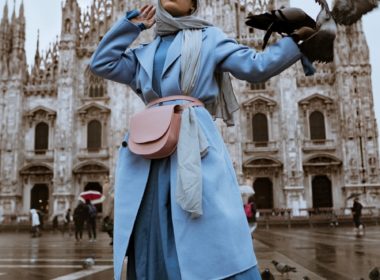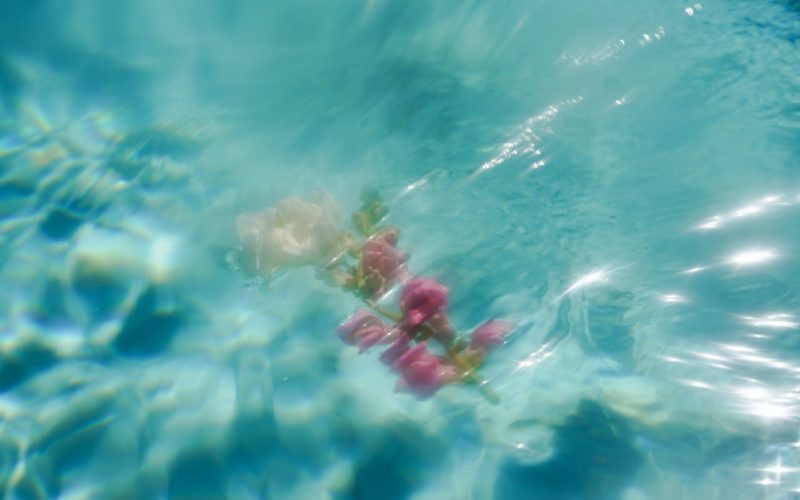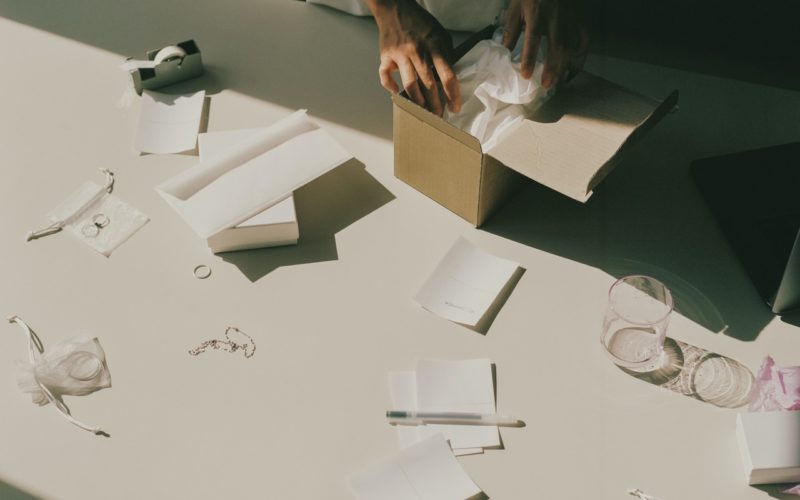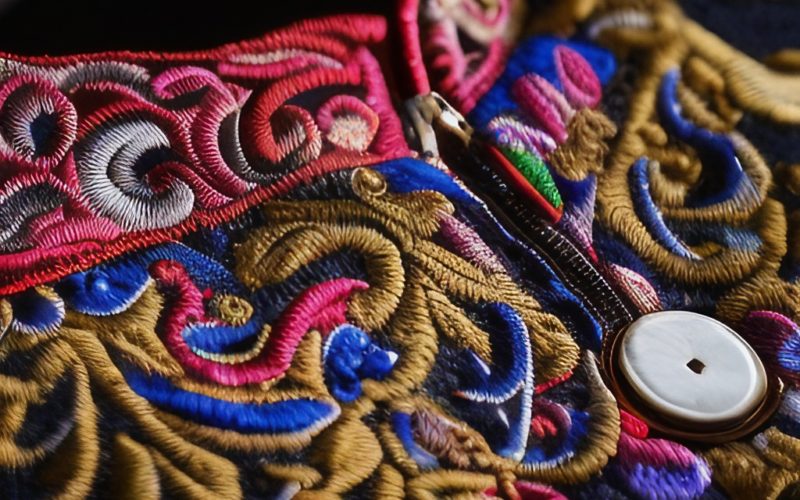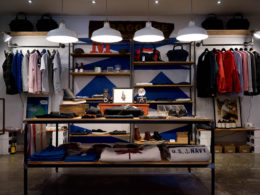In this article we cover all the things you need to know to create your own private label perfume brand. From knowing the terminology and selecting the right ingredients, to mixing and blending them into a unique scent that reflects your brand, all with factory links.
What are different perfume notes?
Fragrances can be broken down into three main notes – top, middle and base (known as a fragrance pyramid).
- Top notes are the first scent you smell when you spray a fragrance. They provide an initial burst of scent that quickly fades away, leaving behind the underlying middle and base notes.
- Middle notes form the core of a fragrance, lingering after the top note has disappeared. They’re often referred to as ‘heart notes’ and are usually the most recognizable scent in a perfume.
- Finally, base notes create a long-lasting foundation for a fragrance and help provide depth and complexity. Base notes tend to take longer than top and middle notes to develop, providing a lingering finish that can last for hours.
The most common scent notes used in fragrances are citrus fruits, floral notes, musk, woody scents (such as cedarwood or sandalwood), and spices like cinnamon or clove.
Depending on the fragrance’s composition, there can be a range of other ingredients that contribute to its overall character. For example, some perfumes contain notes of vanilla, leather or tobacco.
There are also synthetic ingredients like galaxolide or musk ketone that can be added to create a unique scent profile. Ultimately, it’s up to the perfumer to blend these various elements in order to create a fragrance that’s pleasing and unique.
What are all the scents you can find in perfume?
The types of scents that can be found in perfumes are vast and varied.
Citrus fruits, such as lemon, lime, or bergamot tend to provide a fresh top note. Fruity notes like apple or blackberry help to add sweetness to a scent. Floral notes like rose or jasmine bring a delicate, romantic quality to a fragrance.
Musky notes like amber, civet, or musk ketone provide a strong and lingering base note. Woody scents such as sandalwood, cedarwood, or patchouli add depth and complexity to the mix.
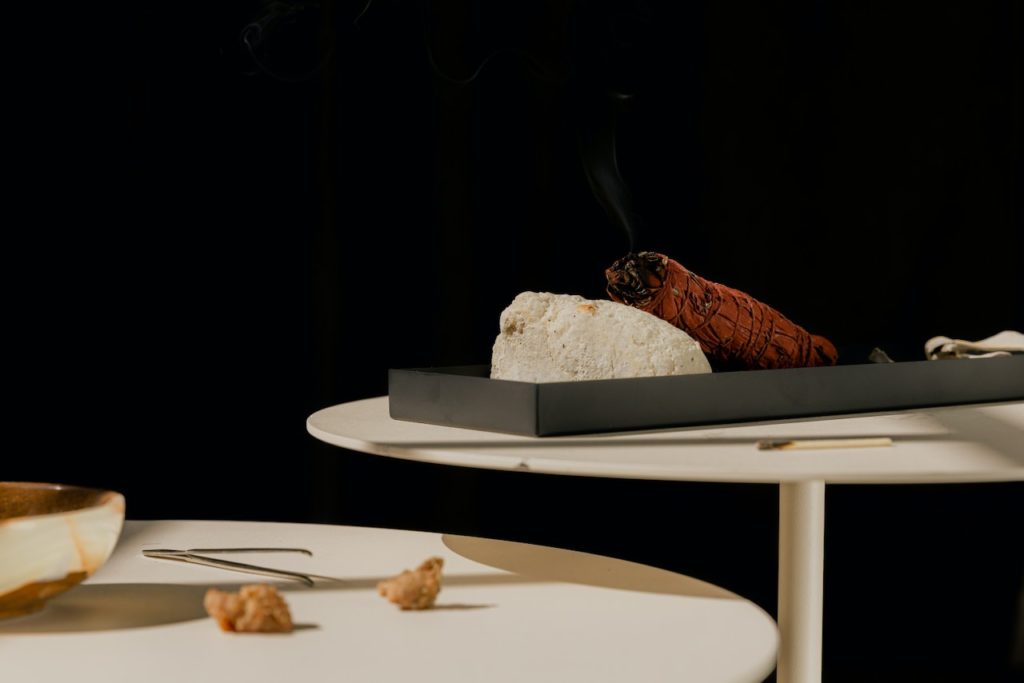
There are also spicy notes like cinnamon or clove that give a bold kick of flavor to a fragrance.
How do professionals describe perfume scents?
Perfume professionals describe scents using a variety of terms.
Depending on the type of scent, they may use words like “fresh” to describe citrus notes, “powdery” to describe floral notes or “earthy” to describe woody scents. They might also use specific terminology such as “green” or “woody-amber” to describe certain fragrance notes.
Additionally, perfumers have a vast vocabulary of terms used to describe the intensity and longevity of a given scent. For example, they might refer to a perfume as being “light” in character or having “good lasting power”. By using these descriptions, perfumers can accurately convey a fragrance’s character and qualities to their customers.
How do scents interact together?
The different notes in a perfume work in harmony to create a balanced scent. For example, the top note fades away quickly, allowing the middle note to shine through and provide an ongoing scent. The base note will linger in the background and provide a lasting foundation to the overall fragrance.
Additionally, certain notes can be used to enhance or soften other notes. For example, adding a fruity note may sweeten a floral accord or you can tone down an intense woody note with a touch of spice.
What scents are popular for perfume?
The most popular type of scent used in perfumes is floral, which includes notes such as rose, jasmine, or lily of the valley. Citrusy top notes like bergamot and lemon are also popular, as they provide a bright and refreshing opening to a fragrance. Musky base notes like ambergris or civet give fragrances their staying power and complexity.
Additionally, woody notes such as sandalwood or patchouli can add depth and warmth to a scent. Other popular scents include:
- spicy notes like cinnamon
- sweet notes like vanilla
- and green notes like grass or leaves.
How do perfume concentrations work?
Perfume concentrations refer to the percentage of fragrance oils contained in a product. The concentration level affects both the strength and longevity of a scent. Thus, higher concentrations will have a stronger, longer-lasting scent while lower concentrations will have a lighter, shorter-lived scent.
Popular perfume concentrations include eau de parfum (15-20%), eau de toilette (5-15%), and eau de cologne (3-8%).
Additionally, there are also more concentrated forms of perfume such as extrait (20-30%) and parfum extrait (40-50%). These higher concentrations produce a powerful, long lasting scent.
What is the difference between eau de parfum and eau de toilette?
The main difference between eau de parfum and eau de toilette is the concentration of fragrance oils in the product. Eau de parfum has a higher concentration level, usually ranging from 15 to 20%, compared to an eau de toilette which has a concentration of around 5-15%. As a result, eau de parfum has a stronger, longer-lasting scent than an eau de toilette. Additionally, eau de parfum usually contains more expensive ingredients due to its higher quality and therefore tends to be more expensive than an eau de toilette.
How is perfume priced?
The price of a perfume is determined by its quality, concentration level, and brand name. For example, designer perfumes tend to be more expensive due to their higher quality ingredients and more complex scents.
Additionally, the concentration levels can affect the price. This is why an eau de parfum is typically more expensive than an eau de toilette, due to its higher concentration level.
Ultimately, the price of a perfume is a reflection of the quality and complexity of its ingredients and scent profile.
How is perfume made?
Perfume is created through a combination of art and science. The process begins with the perfumer, who will create a scent out of essential oils and aroma molecules. These ingredients are blended together in precise proportions to achieve the desired effect.
Once the perfume has been blended, it is aged for several weeks or months. During this period, the perfume’s ingredients begin to merge and become more harmonious. This aging process also helps to bring out different facets of the scent, making it richer and fuller.
After the perfume has been aged, it is then diluted with a solution like alcohol or water until it reaches its desired strength. At this point, the fragrance can be packaged and sold. Perfumes are often bottled in attractive glass containers with atomizers that make it easy to apply the scent.
Creating a unique fragrance is an art form, requiring skill and creativity. Each perfume is carefully crafted to evoke a certain feeling or emotion, making it an ideal gift for any occasion. Whether you’re shopping for a special someone or treating yourself, you can be sure that a unique and beautiful perfume will become a lasting treasure.
How to find a private label perfume manufacturer?
Finding a private label perfume manufacturer can be a daunting task. It’s important to do your research and select a company that has experience in producing the type of scent you are looking for. You should also make sure the company is reliable and offers quality products at competitive prices.
The first step is to search online for potential manufacturers. Make sure to read reviews and compare prices before making a decision. You may also want to consider visiting manufacturer websites or attending trade shows in order to get a better understanding of the industry.
Once you’ve identified a few potential manufacturers, contact them directly with your requirements and specifications. Request samples from each company so that you can evaluate their product quality and make an informed decision. Make sure to ask about their production capabilities and any other questions you might have.
Finally, don’t be afraid to negotiate with the manufacturer on price and delivery timeframes. Once you have found a reliable supplier who meets your needs, it’s important to develop a good working relationship in order to ensure future success.
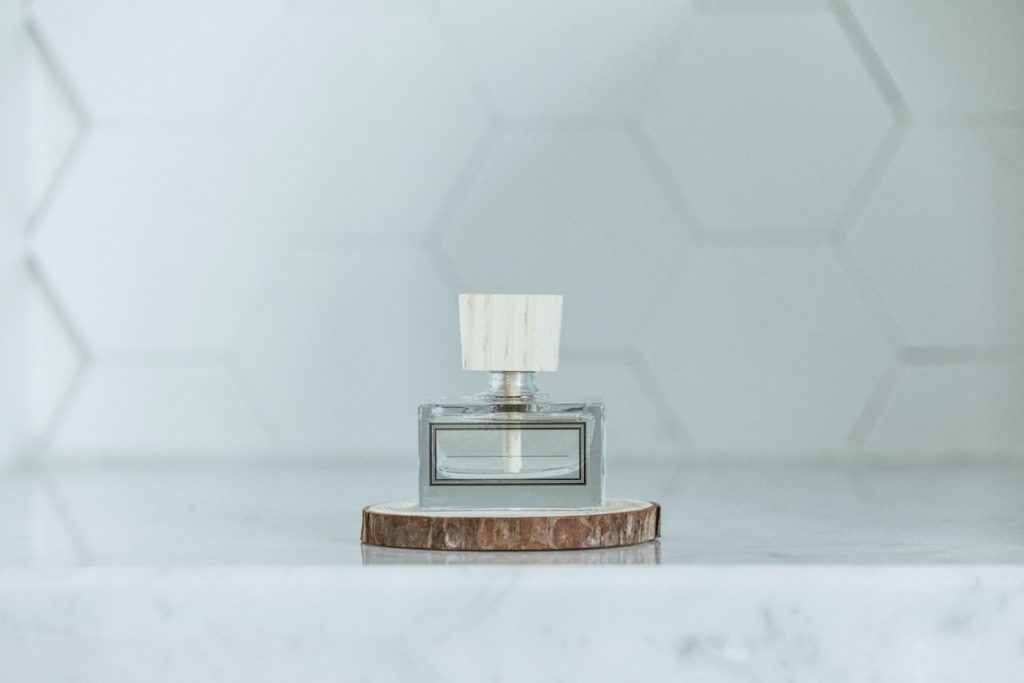
With the right manufacturer, you can ensure your fragrance is produced to the highest standards of quality.
How should perfume be packaged?
Perfume should be packaged in a way that both protects it and enhances its appeal to customers. Traditionally, perfumes are packaged in glass containers with atomizers or pumps to make it easy to apply the fragrance. However, other types of packaging can also be used, including plastic or metal containers.
The packaging should reflect the brand’s image and character. For example, if the company’s branding is modern and trendy, then the packaging should also reflect this. Similarly, for more classic or luxurious brands, the packaging should be elegant and sophisticated.
When it comes to labeling, make sure all necessary information is clearly visible and easy to read. This includes the company’s name, the fragrance name, and any warnings or directions for use. If your product is sold internationally, make sure to include labels in multiple languages.
Finally, keep in mind that good packaging can help increase sales of your product. Consider investing in attractive boxes or bags that will make your perfume stand out on store shelves.
Steps to start a private label perfume brand
Starting a private label perfume brand is very straightforward. The hardest part will be developing a scent both you and the market love.
Before you begin, it’s important to identify your target audience and develop an idea of the type of scent that appeals to them. Once you have a clear vision for your brand, there are several steps to take before launching your first product.
1. Research the market
To begin developing a successful product, you need to understand what’s already on the market and how it’s performing. Research competitors in your category (mens, womens, by price point, or target demographic), as well as any similar products that may be appealing to your target audience. Understand their pricing strategies, packaging, and marketing efforts. I like to do this by making a list of these with any notes for each product.
2. Develop a scent profile
Once you have a clear understanding of what’s on the market and how it appeals to your target audience, create a scent profile for your brand. This should include notes, ingredients, and any other details that will help guide your product development process.
3. Find a supplier
Search for manufacturers using platforms like Alibaba or Pietra, you’ll want to find someone with a good history, who is communicative and has a strong grasp of language, and has Minimum Order Quantities that work with your budget
4. Create a unique logo and packaging
A strong branding effort is essential for any product launch. Create a logo and packaging that accurately reflects the personality of your brand, as well as its place in the market.
5. Source ingredients
Your scent profile is only as good as your ingredients. Research suppliers to find high-quality materials for your product, such as essential oils and fragrances. Make sure they’re affordable and can be shipped in a timely manner. Your supplier should be able to handle this for you, but you might want to find some rarer items yourself.
6. Test your product
Before launching your perfume, it’s important to conduct test batches with consumers and retailers to get feedback on the scent and packaging. Make sure you’re getting honest feedback that will help you refine your product before launch.
Private Label Perfume Manufacturers
Dynamic Blending
https://dynamicblending.com/
Alt Fragrances
https://altfragrances.com/pages/private-label-program
Prive Label
https://www.privelabel.com/
Looking for a simpler option? Try Makesy
https://makesy.com/pages/makesy-customized-fragrance
Thank you for reading this Private Label Perfume Guide!
If you found this content insightful and helpful, please be sure to like and share this article with your circle. Also, make sure to subscribe to the newsletter for more product development tips!
– Oren
READ NEXT:
Browse the Product World library for more information on building your own Private Label brand in beverages, activewear, sunglasses, jewelry, perfume, sneakers, coffee, supplements, and more.
FOLLOW ME ON SOCIAL MEDIA:
Twitter: http://www.twitter.com/orenmeetsworld
LinkedIn: http://www.linkedin.com/in/orenj/
TikTok: https://www.tiktok.com/@orenmeetsworld
Join thousands of happy readers already on my Product People newsletter when you subscribe. I’d be excited to have you in the community!



